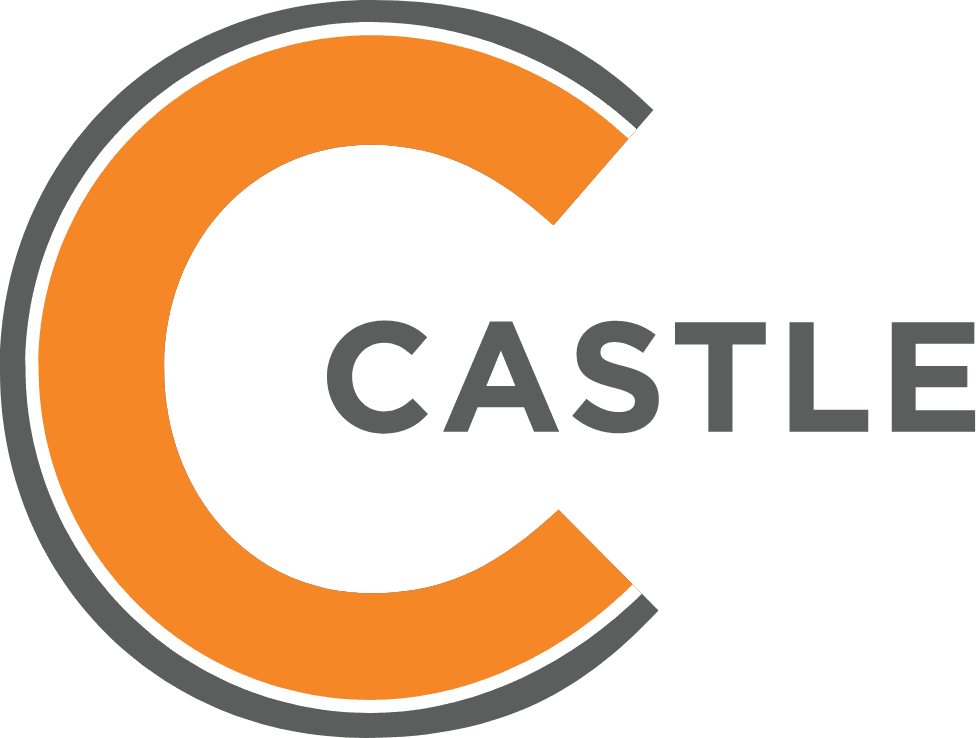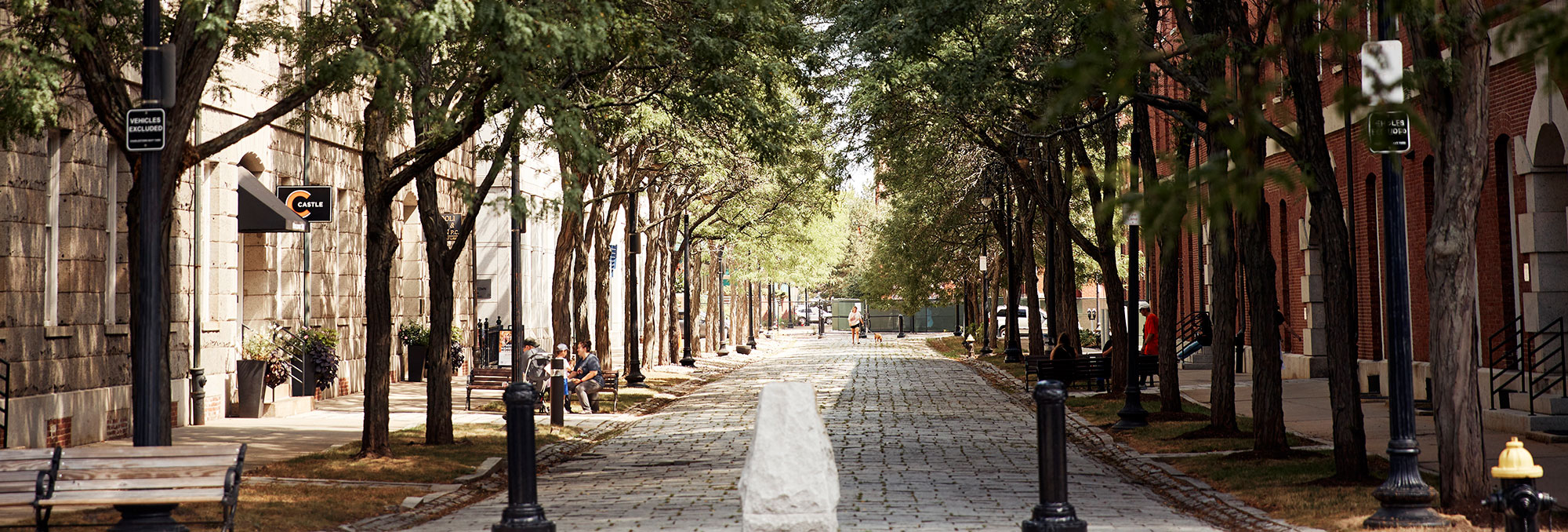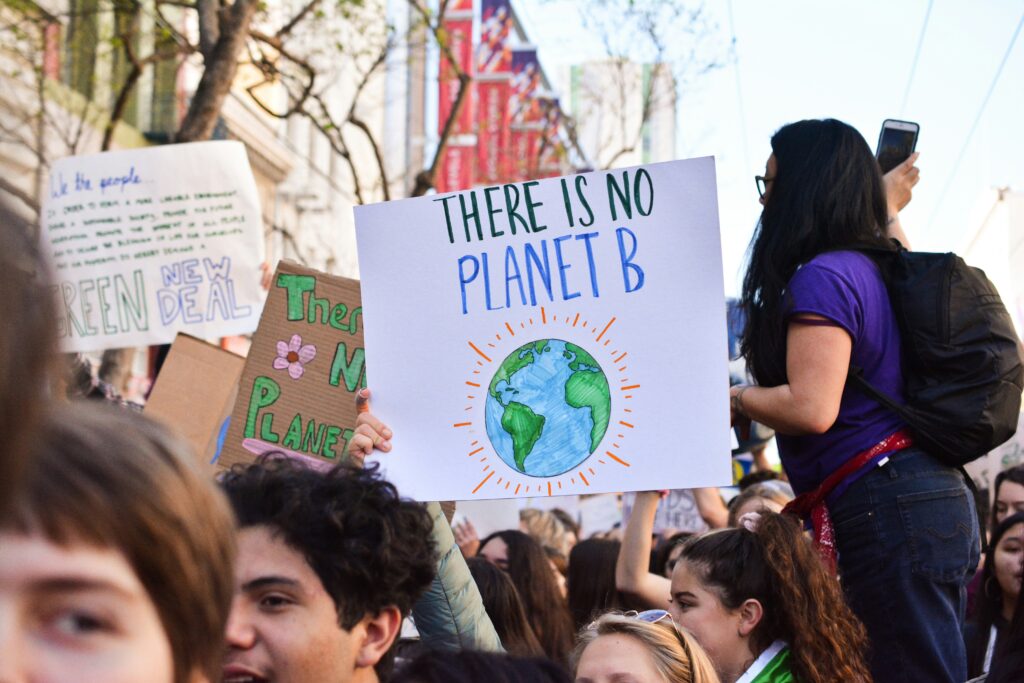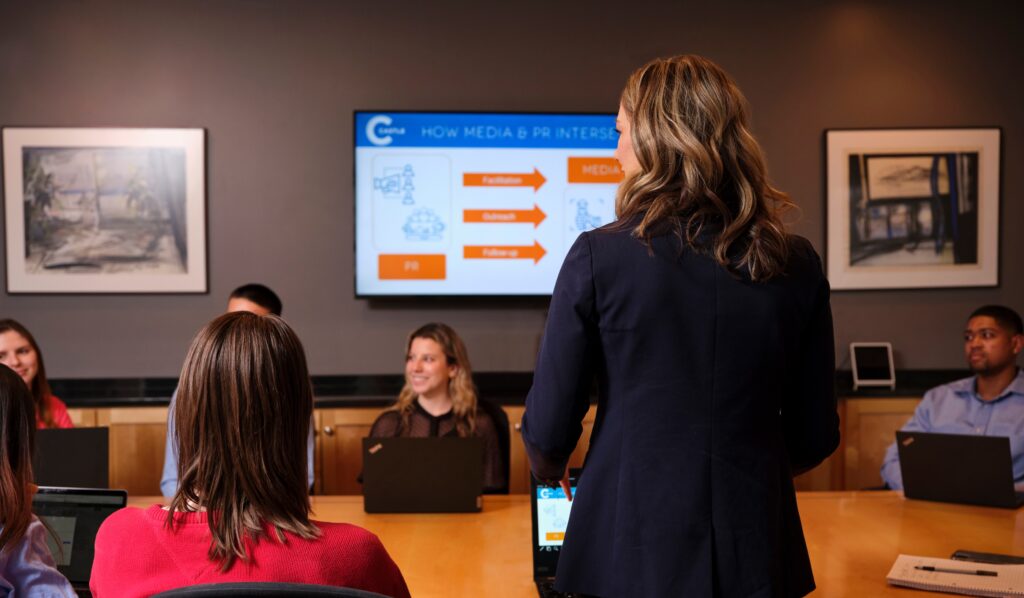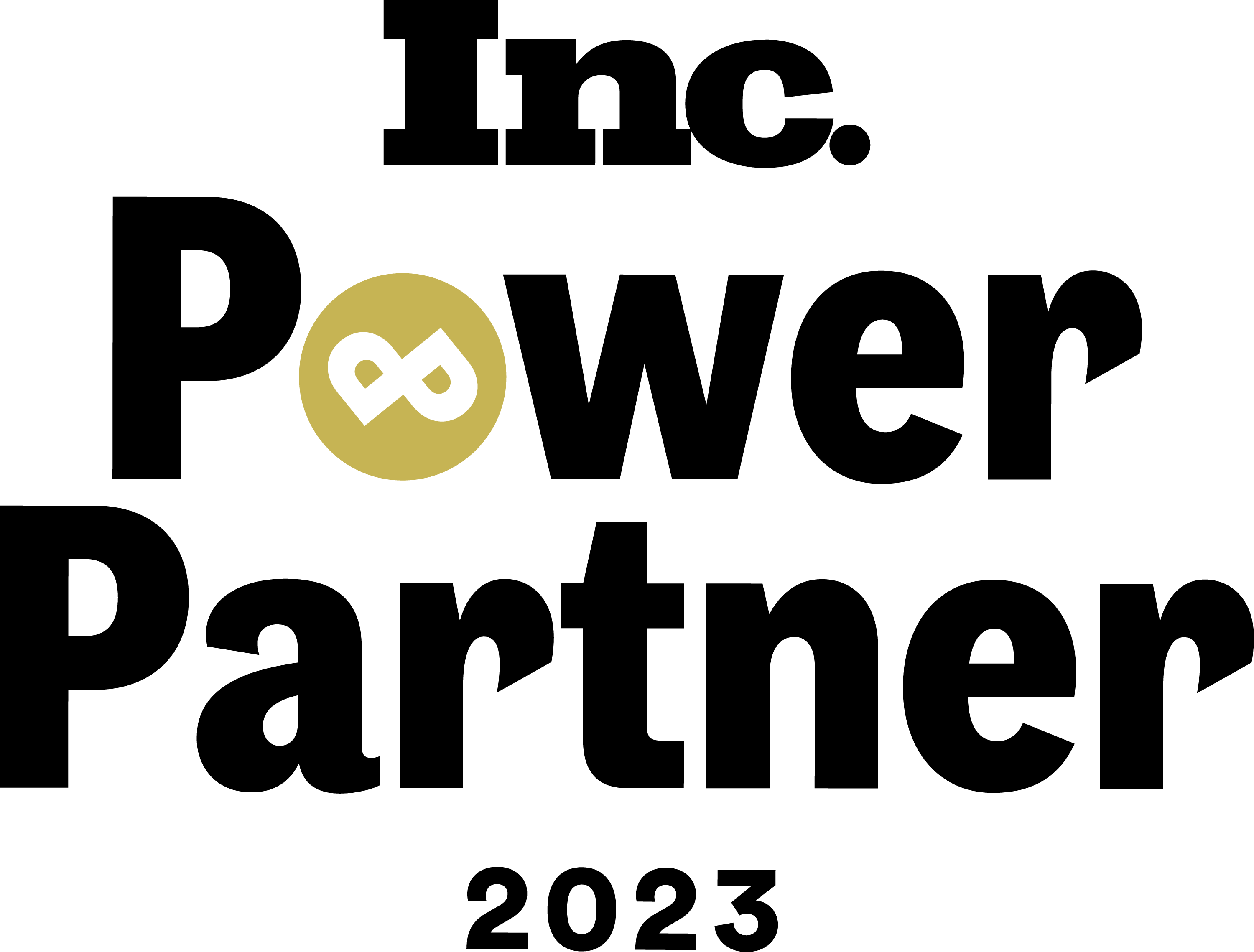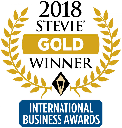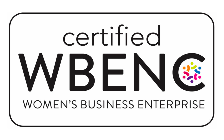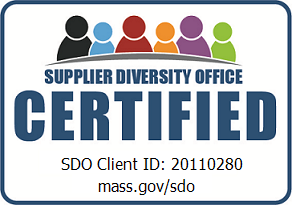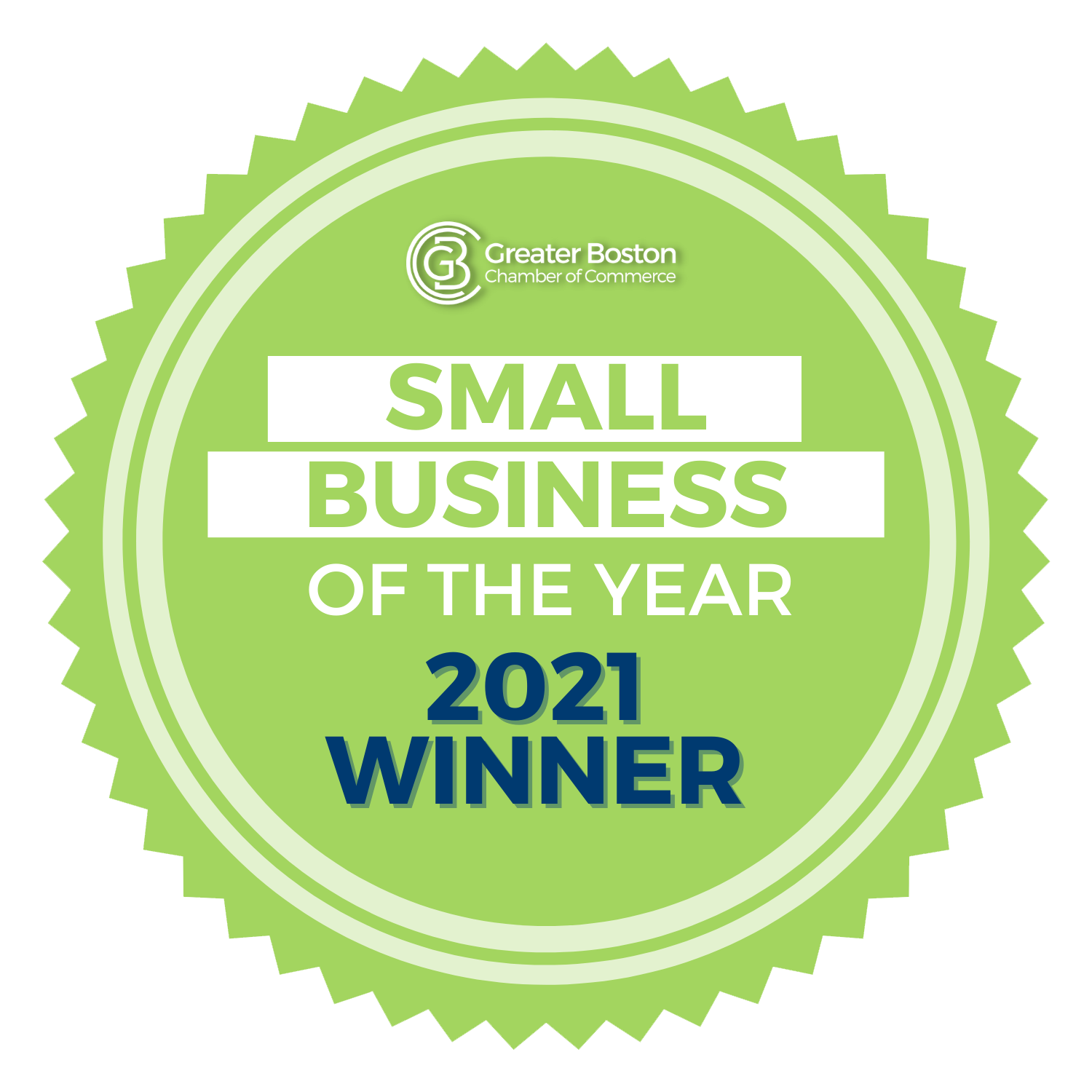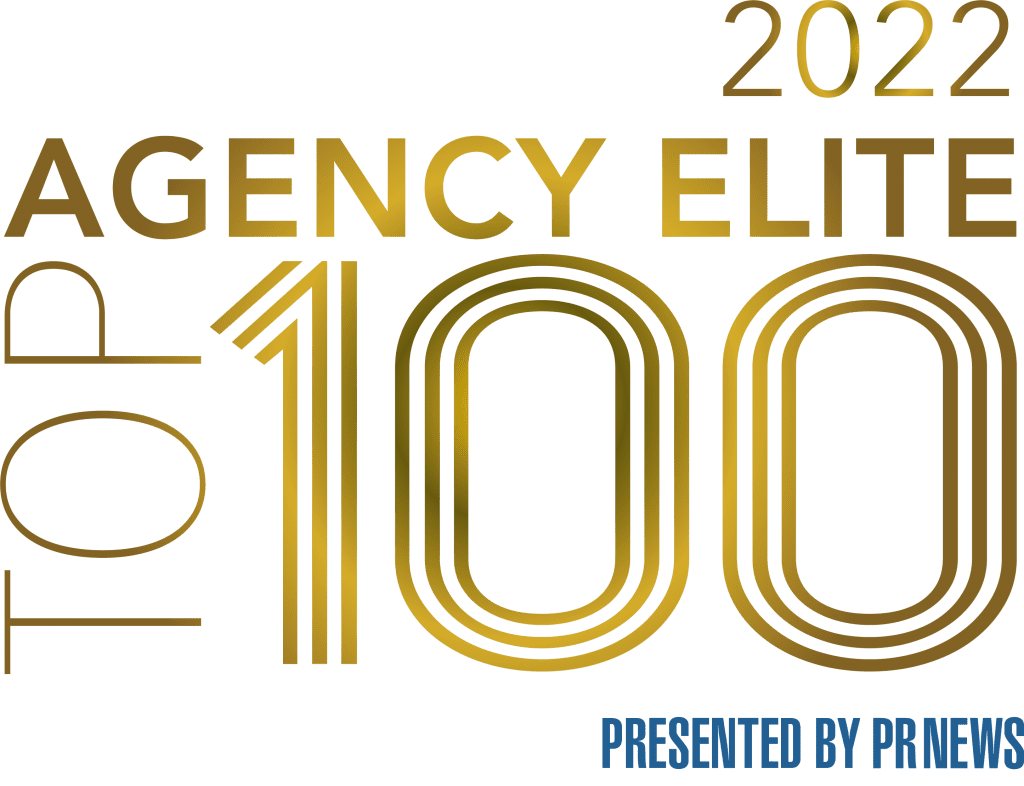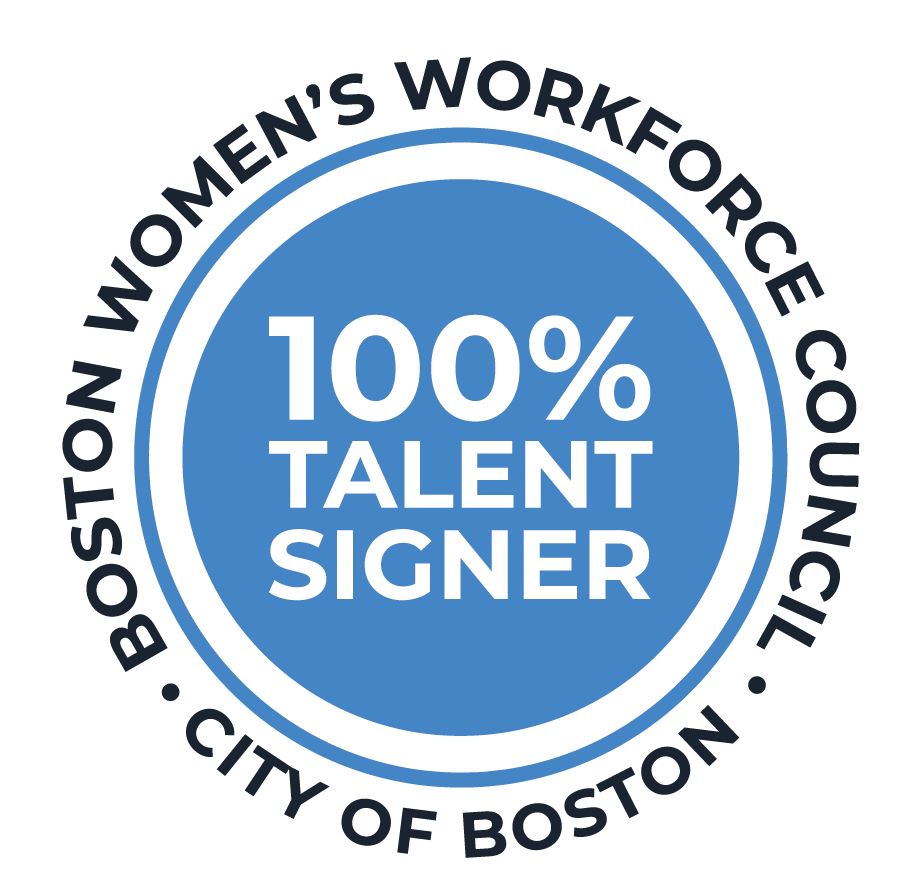Boston Celtics President Rich Gotham recently sat down with Sandy Lish to talk about his most defining moment with the organization, the importance of teamwork on and off the court and how great it is to be a part of “Celtic Pride.” He also shared a few things most fans may not know about the organization.
On his defining moment with the Celtics:
There are so many great moments in Celtics history. My tenure started in 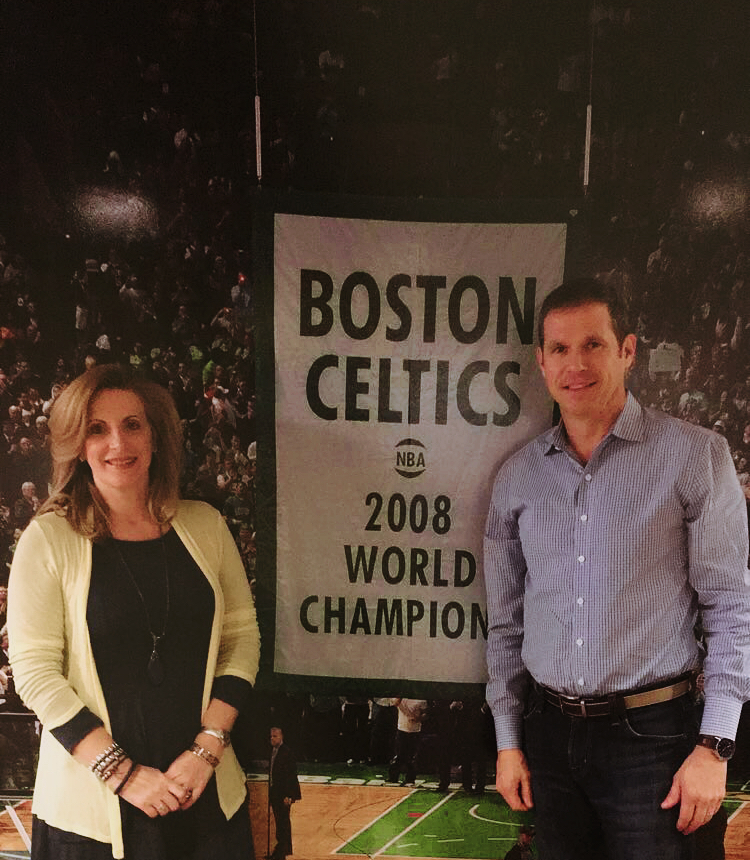
When I first got here, I remember thinking we need to create our own history, legacy and something that we can build on and carry forward. 2008 was an amazing year for that. We were also named the top professional sports franchise by Sports Business Journal that same year. It was incredible to be recognized for our accomplishments not only on the court, but off the court as well. When we raised that championship banner, everyone in the organization was a part of that win, not just the players.
On teamwork and culture, and why it is so important to the success of the organization:
We say this on both the basketball and business side: “Individuals don’t win championships. Teams win championships.” The Celtics have always been about a total team effort. We have to be a great business to be a great team and vice versa. The success of our team allows us to grow and make a better business; it’s cyclical. You don’t have to be the brightest star or have the biggest title or be on camera, you just have to be a star in your role.
Brad Stevens, our coach now, never talks about himself – he only talks about the team’s success. He views himself as an enabler of that success; someone who helps people achieve their potential. If you’re in a leadership position, the most important thing you can do is help people see how their work really matters. The job as a coach/ manager is to help your players/employees be successful and remove any obstacles that might get in their way. We do that on both sides of the franchise – basketball and business – and we’re always trying to bring out the best in everyone. And it all goes to culture. You can copy strategy, but you can’t really copy culture. Culture is what makes the Celtics one of the best organizations in the NBA, if not in all of sports.
We have this thing called Celtic Pride, which is such a great, intangible “mission statement.” It’s how we all feel about being a part of this organization. We realize that we’re a part of something bigger than we are, and we understand just how much people really care about our team and our success. That’s why we’re committed to making our fans proud. Everyone – from the front office to the concession stand – is in this together. My feeling is that when you work for the Celtics, it is a 24-hour gig. First impressions really matter, especially when you’re representing this organization. You need to understand what you’re representing and recognize that this brand means a lot to people.
On the events management and PR behind each game night:
Most people would be surprised to know just how much goes into putting on a Celtics game 45- 50 times per year. It’s a huge technology-driven and highly choreographed event that begins hours before tip-off and goes at least an hour after the game ends. This happens for every single home game. We’re here to put on a show, regardless of the result of the game. We want our fans to leave saying that they had a great time.
We’ve recently scaled up our event management and public relations teams. We could be entertaining 30 different groups on any given game night: business outings, court-side club goers and VIPs, plus all the other people we’re interacting with on a game night. For every home game, we have a 200-page script covering every single thing going on before, during and after the game. The risk associated with live television is huge – you never know what’s going to happen or what you’re going to have to react to or respond to. That’s where our media relations and public relations teams come in.
On things that fans may be surprised to know:
People would be surprised to know is how much time, energy and effort we put into understanding what’s important to our fans and season ticket holders. We have a massive infrastructure built around fan engagement, which encompasses the thousands of daily touch-points we have with our fans. Whether through technology and social media or face-to-face interaction, our job is to create an emotional connection to the team. This is especially important with such a heavily segmented fan base – from the fan who sits courtside and spends $1,500 per seat per night, to the fan in Vermont who only watches us on TV, to the fan in China who sees us at two or three in the morning or follows us through highlights (because we are a global brand).
At all times, we’re doing our best to build connections and loyalty within our fan base. It’s a sophisticated marketing operation that the average sports fan typically wouldn’t think about. We’re also very much a data-driven organization; we apply analytics to every aspect of our business.
On the Celtics community relations:
We’re mostly focused on helping children. We support hundreds of organizations every year in one way shape or form, but our primary aim is to help children in need by providing them with opportunities for more successful lives. The programs we’re most interested in being involved in are the ones that allow us to be embedded in Boston Public Schools. In fact, we’ve been involved in some of these programs for 20+ years.
It’s not just a “show up, take a photo with a player and then leave” program either. We have a program right now with public middle schools in Boston that is aimed at at-risk youth. We’re specifically interested in working with kids who aren’t doing well in core subjects and have low attendance rates. And the middle school years are particularly important – that’s when you see which kids will make it and which kids won’t. Because kids look up to athletes and will pay attention to what they have to say, we have the kids sign contracts – just like their favorite athletes. These contracts include incentives and rewards for showing improvements. We’re giving these kids motivation to work harder.
What does that have to do with basketball? It’s a part of our culture and who we are. This community supports us, so we should be giving back as well. We’re in such an incredible position to make an impact, and we fully embrace that opportunity. If we can get our players involved, it’s character development through community service. And character development plays into player development. Our players have better self-awareness, they feel better about themselves, they become better people, better teammates and better leaders in the community.
All this goes into being the most high-functioning organization that we can be. It’s never just basketball, just business, or just community service. Each of these aspects make the Boston Celtics the team and the organization that it is today.
